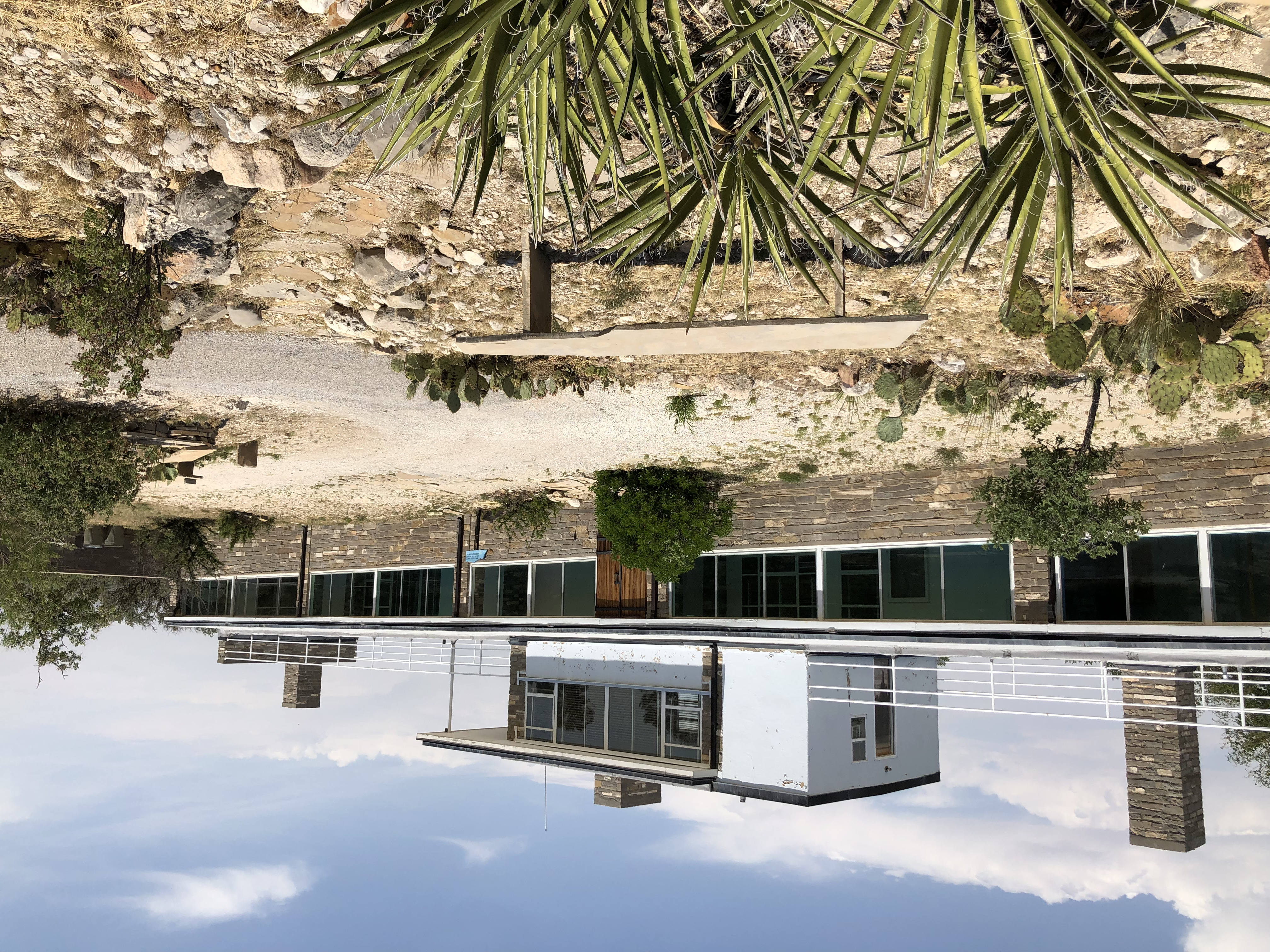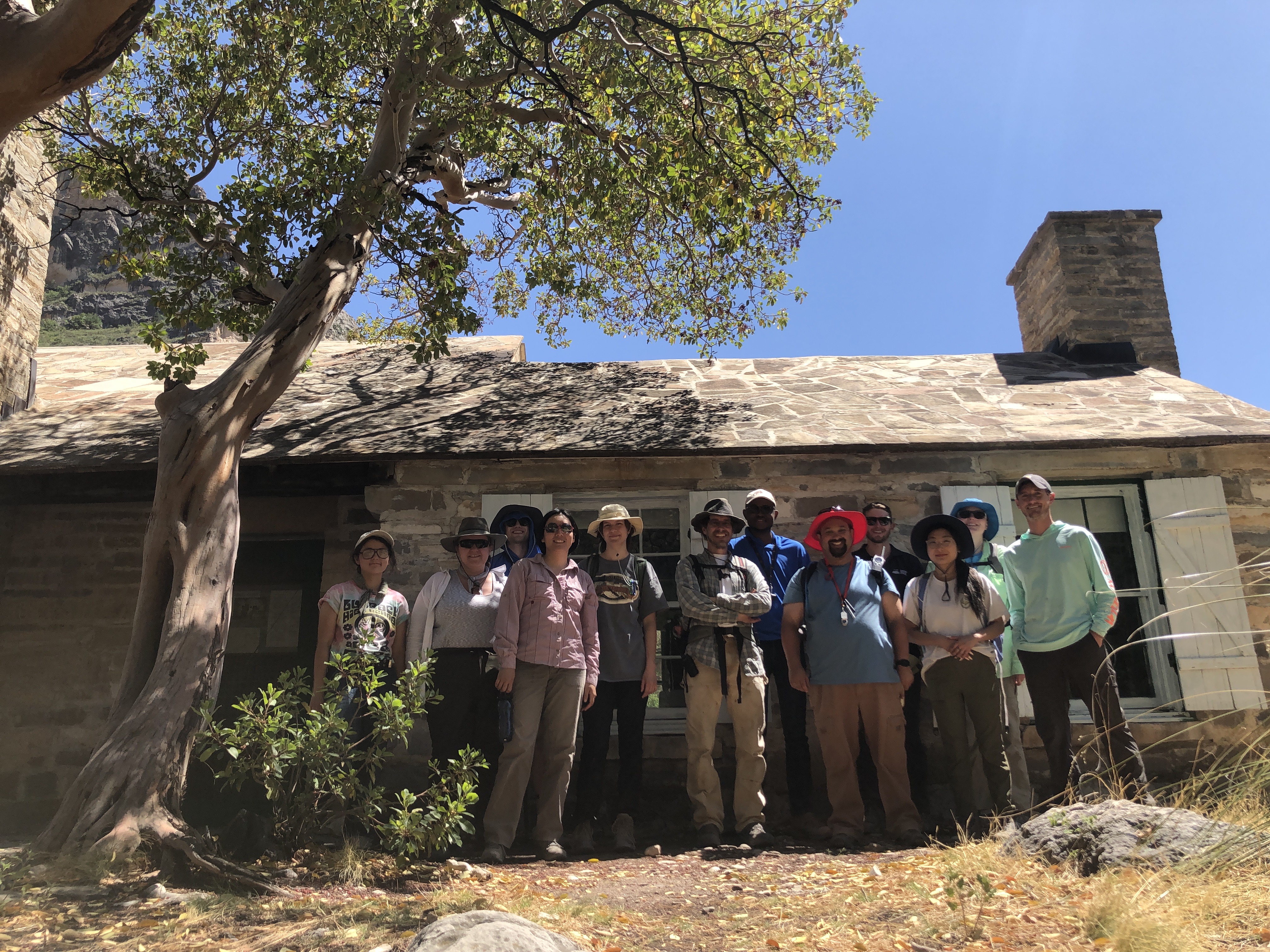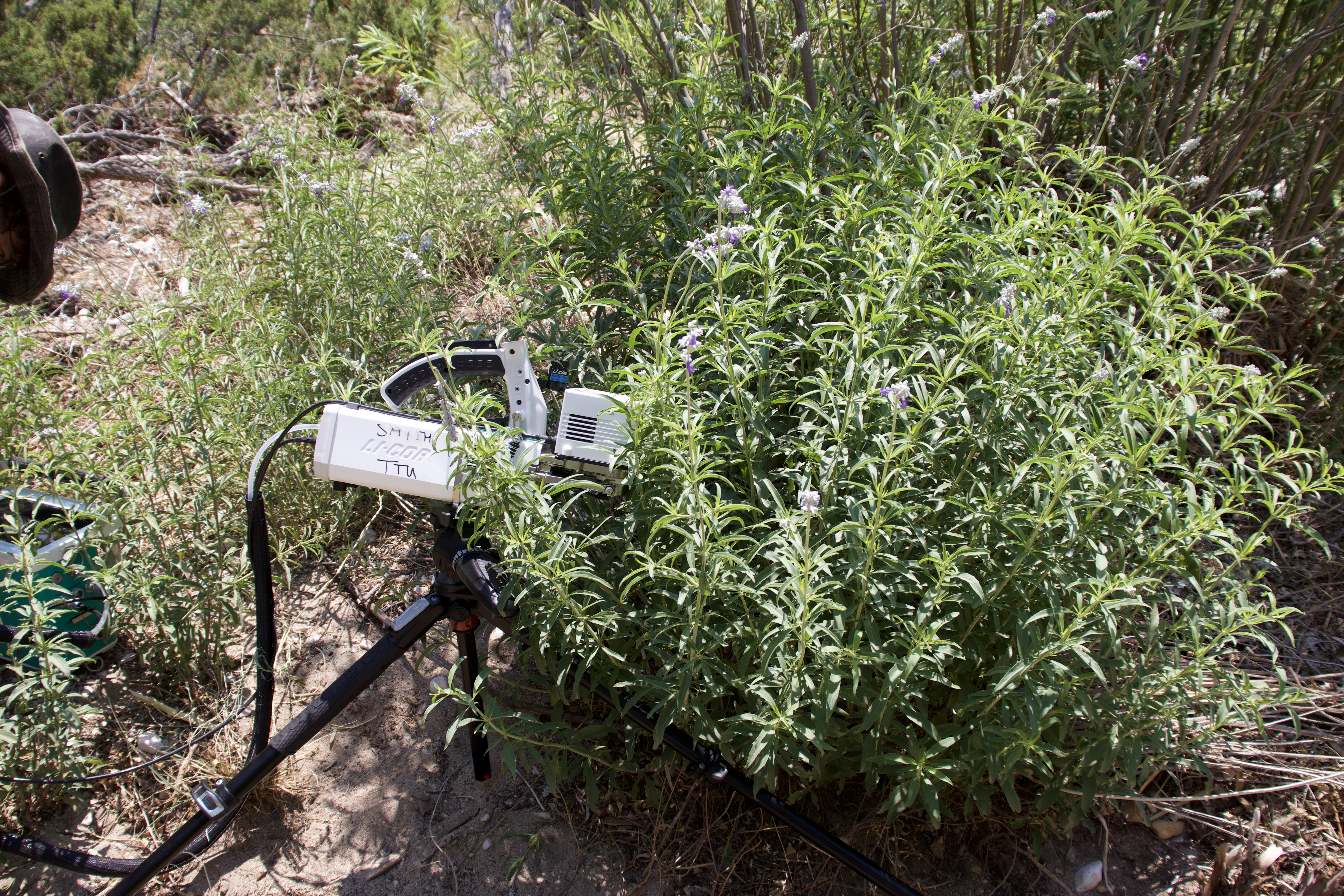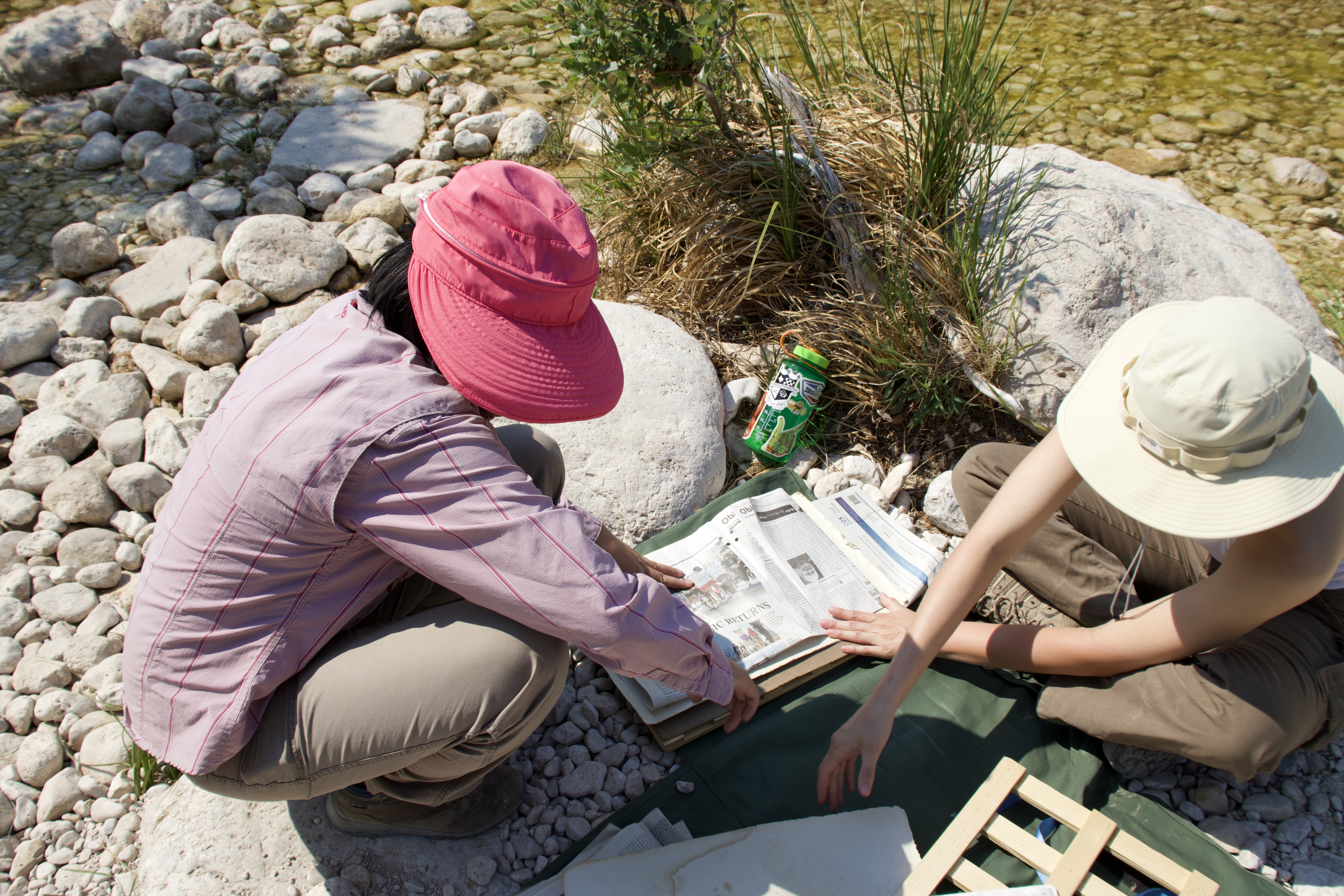It is 50 years since the Biological Investigations in the Guadalupe Mountains were completed by a number of scientists from Texas Tech, including TTU botanists David Northington and Tony Burgess. The record of plants, made at the time the Guadalupe Mountains National Park (GUMO) first opened, established the TTC herbarium as the official repository of plants collected in GUMO and stands at 1500 specimens and counting! Now, we are working to use this unique collection to study the effects of 50 years of land use and climate change on the park flora.
Our first return field trip was a successful collaboration of three labs at Texas Tech - the Schwilk Lab, Smith Lab, and Johnson Lab combined forces including five undergraduates, three graduate students, and one post-doc. We learned a ton about balancing the needs of different types of data collection - pressing specimens for the herbarium, storing leaf tissue for leaf-mass-area and carbon-nitrogen ratio measurements, and measuring plant physiology with the LiCOR 6800.
The trip was funded in part by the TTU Climate Science Center, through its Ensuring Livable Futures program. Madison Bullock, a PhD student in the lab, is overseeing the data analysis for this project and is already working on processing specimens, measuring plant physiology, and extracting DNA for genetic analysis.
 |
 |
| Home base for the week at the Ship on the Desert at Guadalupe Mountains National Park |
The GUMO 2022 field team after a hike to Pratt Cabin at McKittrick Canyon |
 |
 |
| Measuring photosynthetic activity using a LiCOR 6800 on Salvia farinacea |
Two students pressing specimens collected in the Guadalupe Mountains National Park |